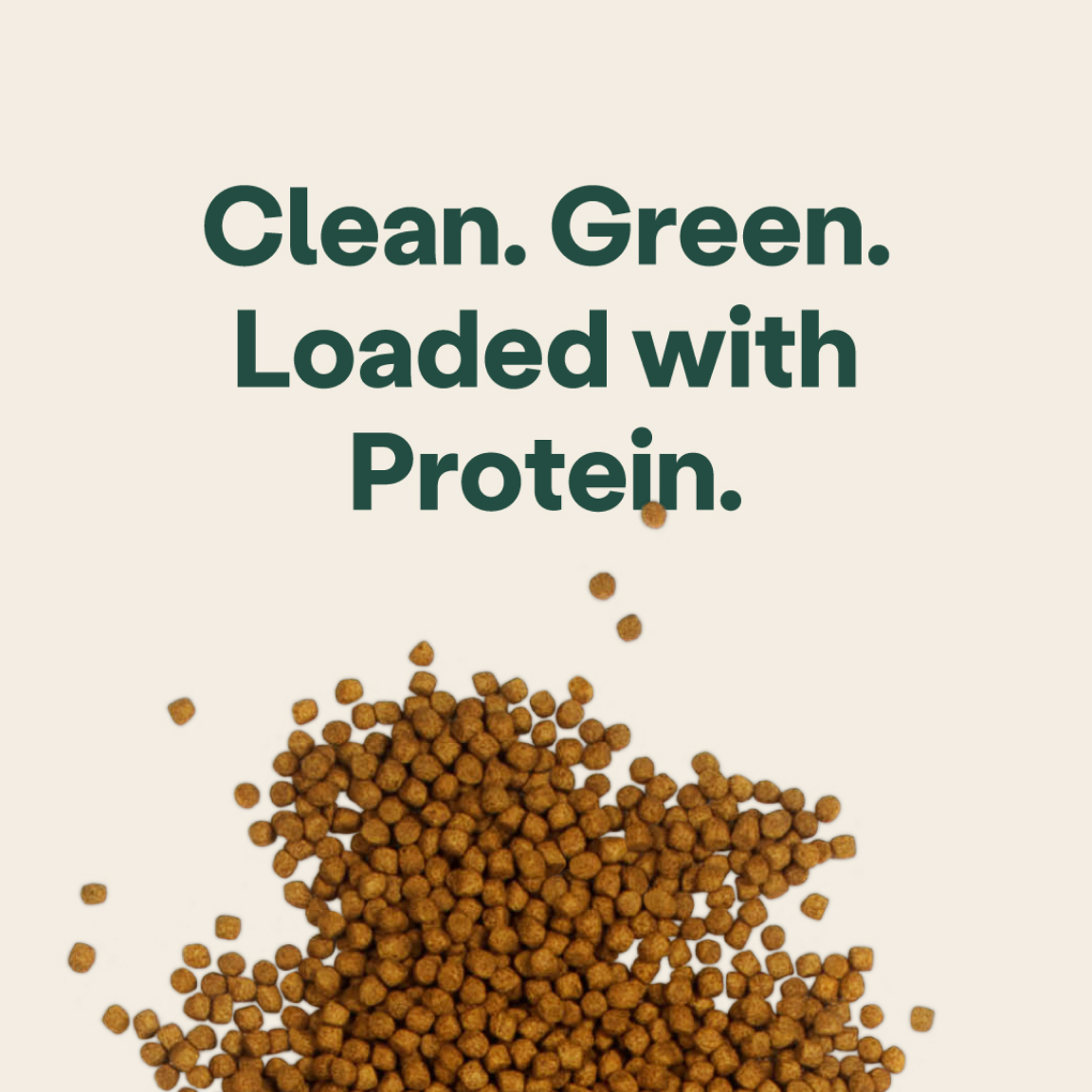
Yeast: An Ancient Food for Modern Times
- Dogs can convert plant-based beta-carotene (provitamin A) to retinol, the purest form of vitamin A. True carnivores obtain retinol from animal sources or supplements<12>.
- Dogs have more copies of the AMY2B gene, which produces amylase, a starch-digesting enzyme, and amylase activity is 30x higher in dogs than in wolves.
- Another starch-digesting enzyme, maltase, is also far more active in dogs than in wolves, and is primarily found in herbivores and omnivores<13>.
Category_Dog Blog
Ingredients






































